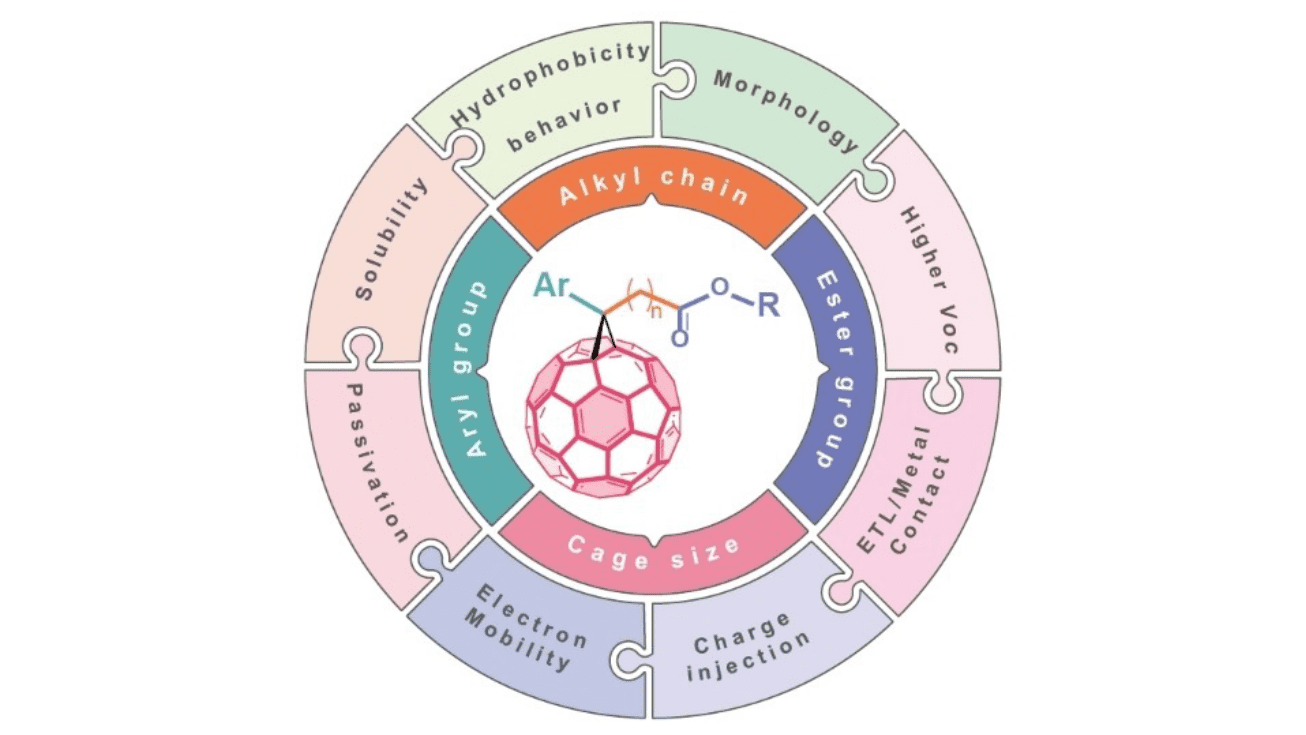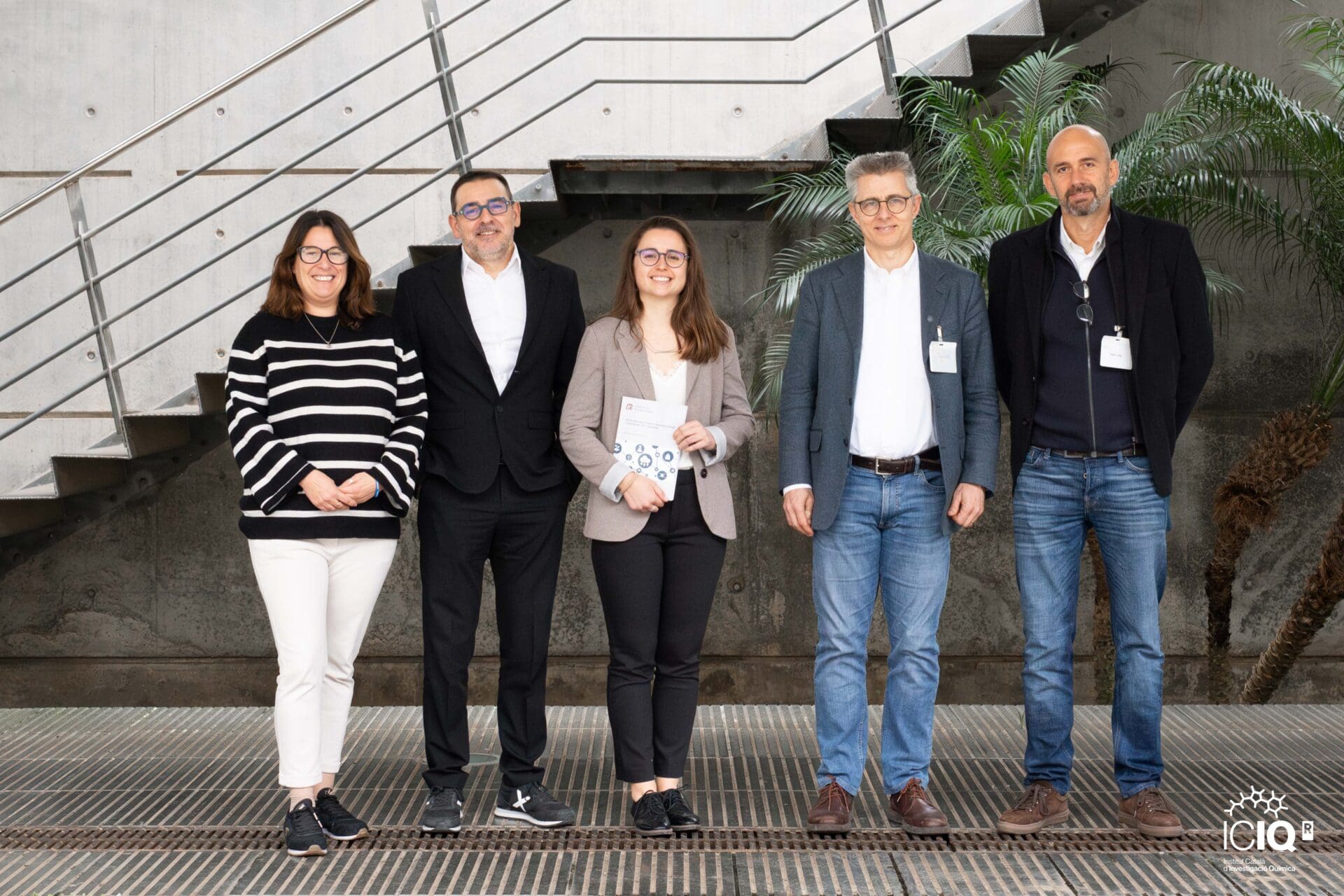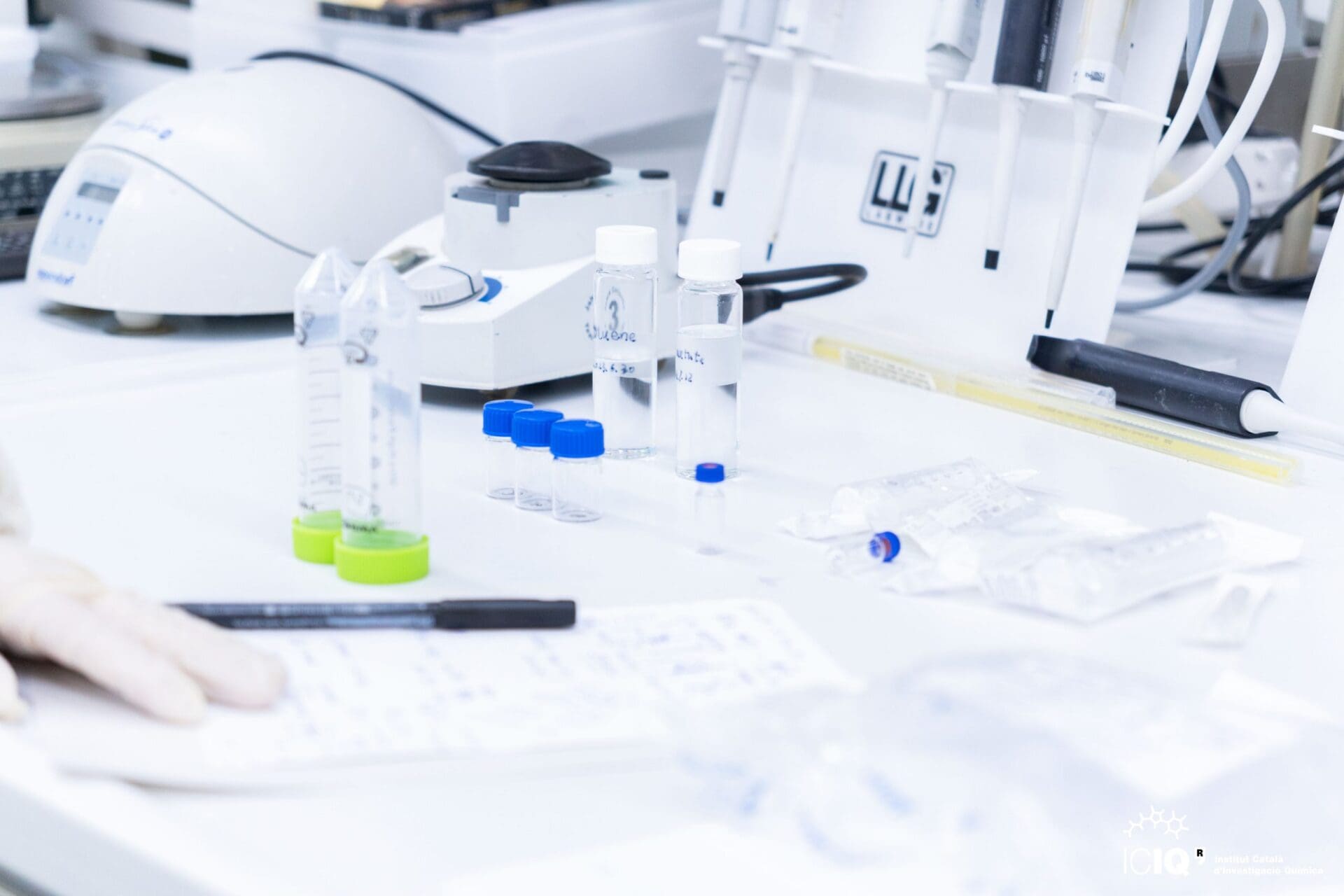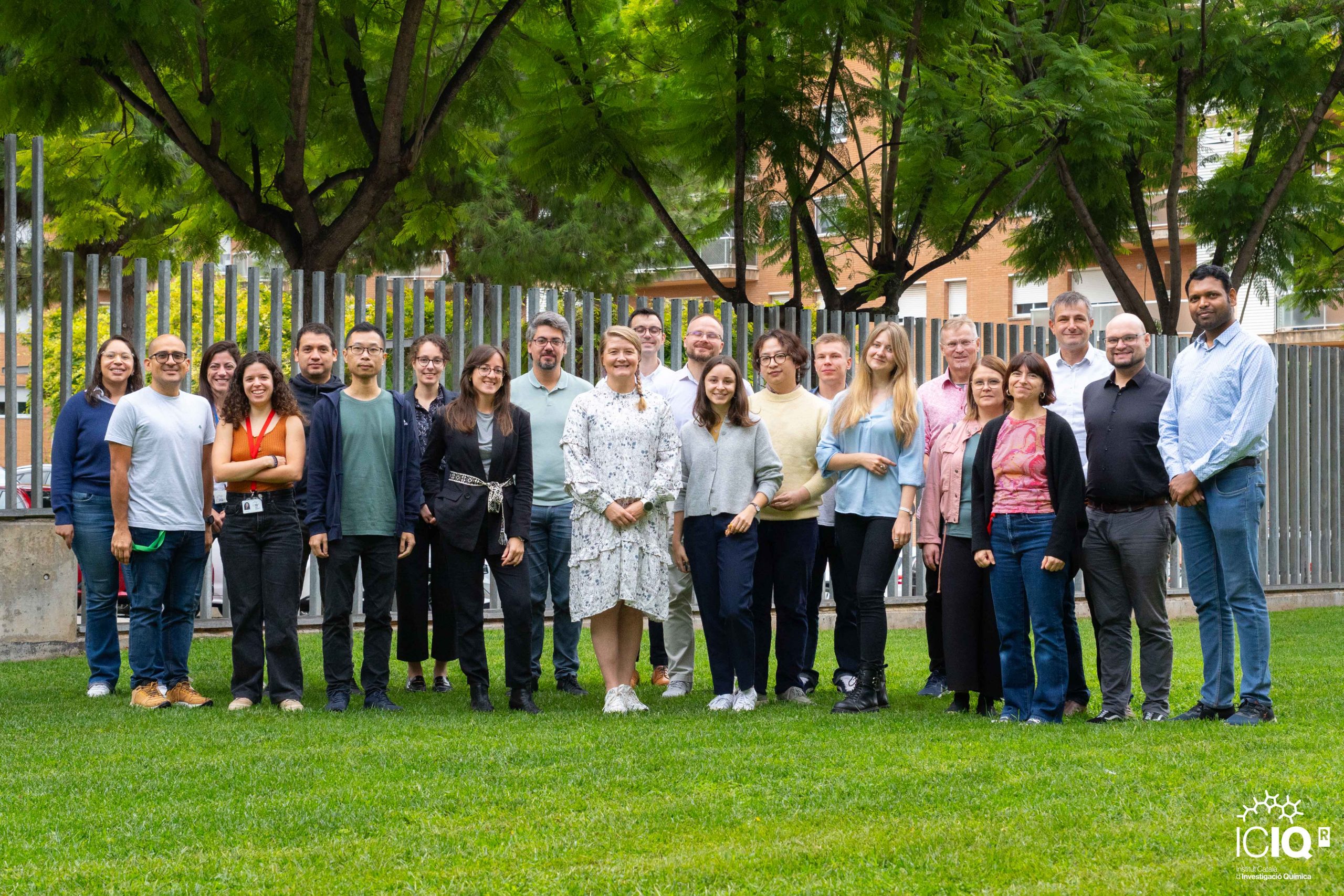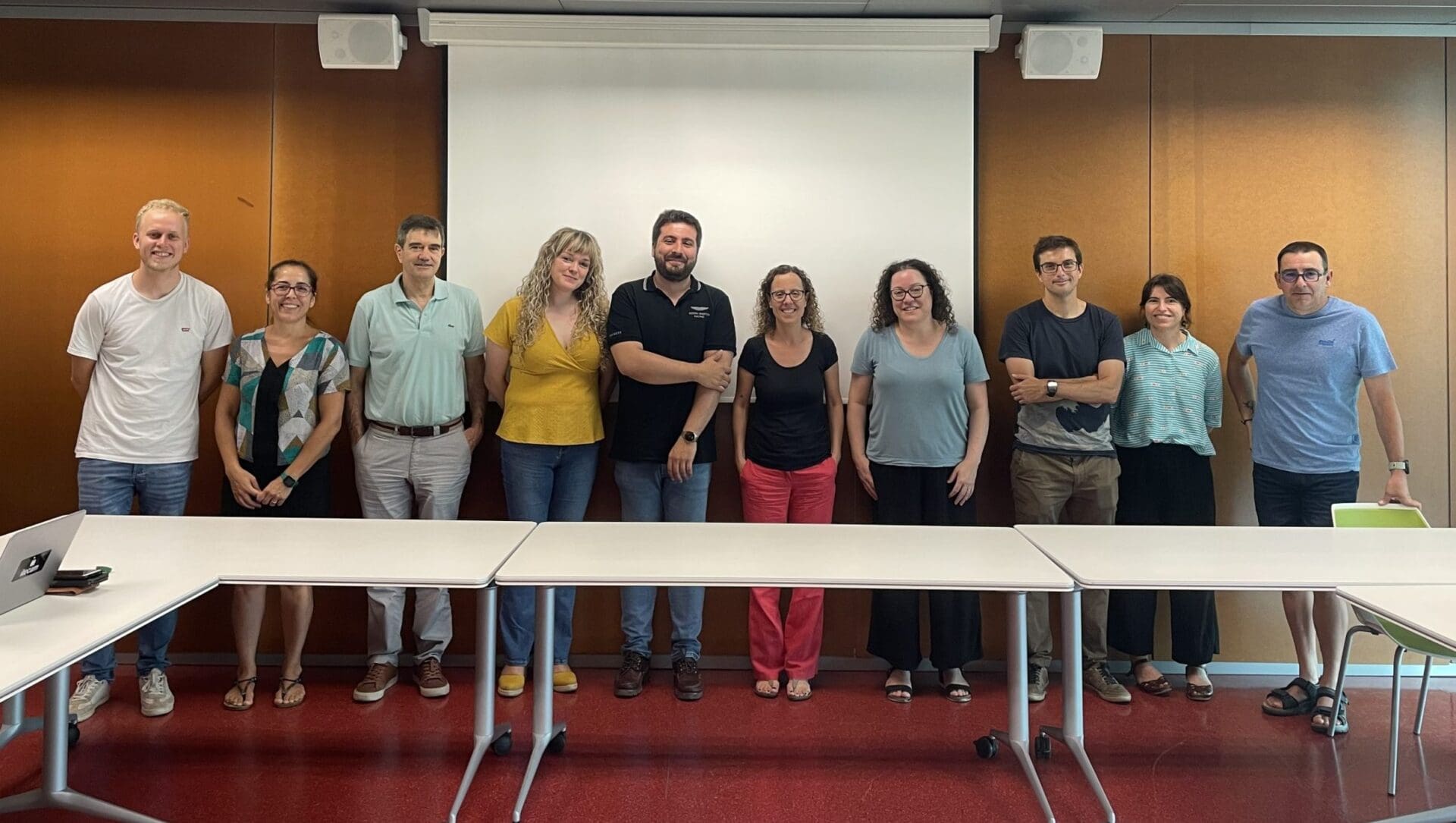Understanding how perovskites work
9th March 2018 -
New experiments explore the relationship between perovskite composition,
ion migration processes and solar cell efficiency.
Perovskite solar cells are becoming increasingly popular. A myriad of research groups all over the world work on the design of new materials and the engineering of more efficient solar devices. All these efforts led to outstanding performances – the most advanced cells, recently unveiled during a NanoGe Conference in Rennes, France, achieve record efficiencies of 23.25%.
However, the solar cell function behind their high efficiency remain unclear. Perovskite composition is certainly key but, surprisingly, materials with very different cations and halide ratios lead to similar performance results. To better understand this, ICIQ in collaboration with EPFL researchers, propose the use of ‘old tricks’ to measure novel processes and the relationship between the perovskite structure , the ion motion and the charge transfer processes.
The process, envisioned by Prof. Emilio Palomares’ group, is based on photo-induced charge extraction (PICE) measurements. During these experiments, researchers fully charge, then short-circuit solar cells to investigate the details of charge migration processes. Using advanced perovskites and solar cells provided by collaborators from École Polytechnique Fédérale de Laussane (EPFL), they determined that different kinetics in PICE are due to ion migration and recombination processes.
Moreover, PICE experiments demonstrated that perovskite devices can store charges beyond the light-generated ones, in contrast to DSSC and OPV alternatives. These extra charges seem to be a direct consequence of ion migration processes.
PICE decay measurements are an innovative way of monitoring the correlation between perovskite structure, ion migration phenomena and their relationship with the efficiency of solar cells.
Photo-Induced Dynamic Processes in Perovskite Solar Cells. The Influence of Perovskite Composition in the Charge Extraction and the Carriers Recombination
N.F. Montcada, M. Méndez, K.T. Cho, M.K. Nazeeruddin, E. Palomares
Nanoscale 2018, DOI: 10.1039/C8NR00180D.
Related news

Let's create a brighter future
Join our team to work with renowned researchers, tackle groundbreaking
projects and contribute to meaningful scientific advancements







 17-02-2025
17-02-2025 